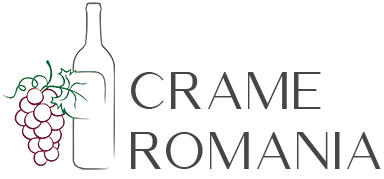
Recent news from the United States reports that American importers of Italian sparkling wines, particularly Prosecco, have begun increasing their stocks in anticipation of possible tariffs that President Donald Trump might impose on products from the European Union. According to data from the Italian Wine Union (UIV), imports of Italian sparkling wine into the U.S. increased by 41% in November, following the U.S. presidential elections, significantly exceeding consumer demand. This substantial growth indicates that American importers are stockpiling for future sales, fearing the impact of potential tariffs.
Lamberto Frescobaldi, president of the Italian Wine Union, stated that this increase in imports at the end of the year is a precautionary measure, given the uncertainty surrounding possible tariffs and the likelihood that consumers might reduce purchases of luxury goods if prices rise. He emphasized that while wine is a pleasure rather than a necessity, the industry must be prepared for potential market changes.
Although Italian wines were not affected by tariffs during President Trump’s first term and no new tariffs against European partners have been announced so far, Prosecco importers and distributors are taking preventive measures to protect the market. Italy exports nearly a quarter of its wine production to the United States, making the sector highly vulnerable to potential tariffs. Last year, Italian wine exports to the U.S. totaled €1.9 billion (approximately $1.97 billion), with Prosecco becoming the best-selling Italian wine in the United States, accounting for nearly 40% of all sales.
The first signs of concern in the market appeared even before the presidential elections, when Prosecco shipments to the United States increased by 17% in the first ten months of 2024, compared to more modest growth in other markets such as the United Kingdom and Germany, according to AP News. This trend suggests that American importers started stockpiling in anticipation of potential tariffs and supply chain disruptions.
Prosecco production
Prosecco is an Italian sparkling wine renowned for its elegance and fruity, floral aromas. Its story began in the hilly region of Conegliano Valdobbiadene, located in northeastern Italy, about 50 km from Venice and 100 km from the Dolomites. For over three centuries, grapes for Prosecco Superiore have been cultivated here. The success of this wine was boosted by the establishment of Italy’s first Winemaking School in 1876.
The production area covers 15 municipalities and represents the heart of the Prosecco world, being one of Italy’s historic designations, recognized in 1969. In 2009, with the reorganization of Prosecco denominations, the Ministry of Agriculture classified it as Denomination of Controlled and Guaranteed Origin (D.O.C.G.), the highest quality level for Italian wines. There are also Asolo D.O.C.G. and Prosecco D.O.C., covering nine provinces in the Veneto and Friuli Venezia Giulia regions, created to protect Prosecco’s viticultural heritage and defend it on a global scale.
Regarding production, Prosecco has seen significant growth in recent years. In 2021, Prosecco D.O.C. recorded a 25.4% increase in production, with a total of 627.5 million bottles produced, including 71.5 million from the new Rosé version.
Sparkling wines in Romania
According to Eurostat, in 2023, Romania produced approximately 4.204 million liters of sparkling wine, maintaining its position as the eighth-largest producer in the European Union. This production remained relatively stable compared to the previous year, while the country’s total wine production saw a 15% increase, reaching 4.4 million hectoliters.
Domestic consumption of sparkling wine in Romania continued to rise, aligning with European trends in appreciating these beverages. In 2023, revenues generated from Romania’s sparkling wine market reached €107.4 million, with an estimated annual growth rate of 7.51% for the 2024-2028 period. It is projected that, on average, each Romanian will consume 0.49 liters of sparkling wine in 2024.
Although sparkling wine production has remained stable, Romania has seen significant growth in total wine production, strengthening its position as the sixth-largest wine producer in Europe. This performance presents opportunities for expanding the sparkling wine market both domestically and internationally.










